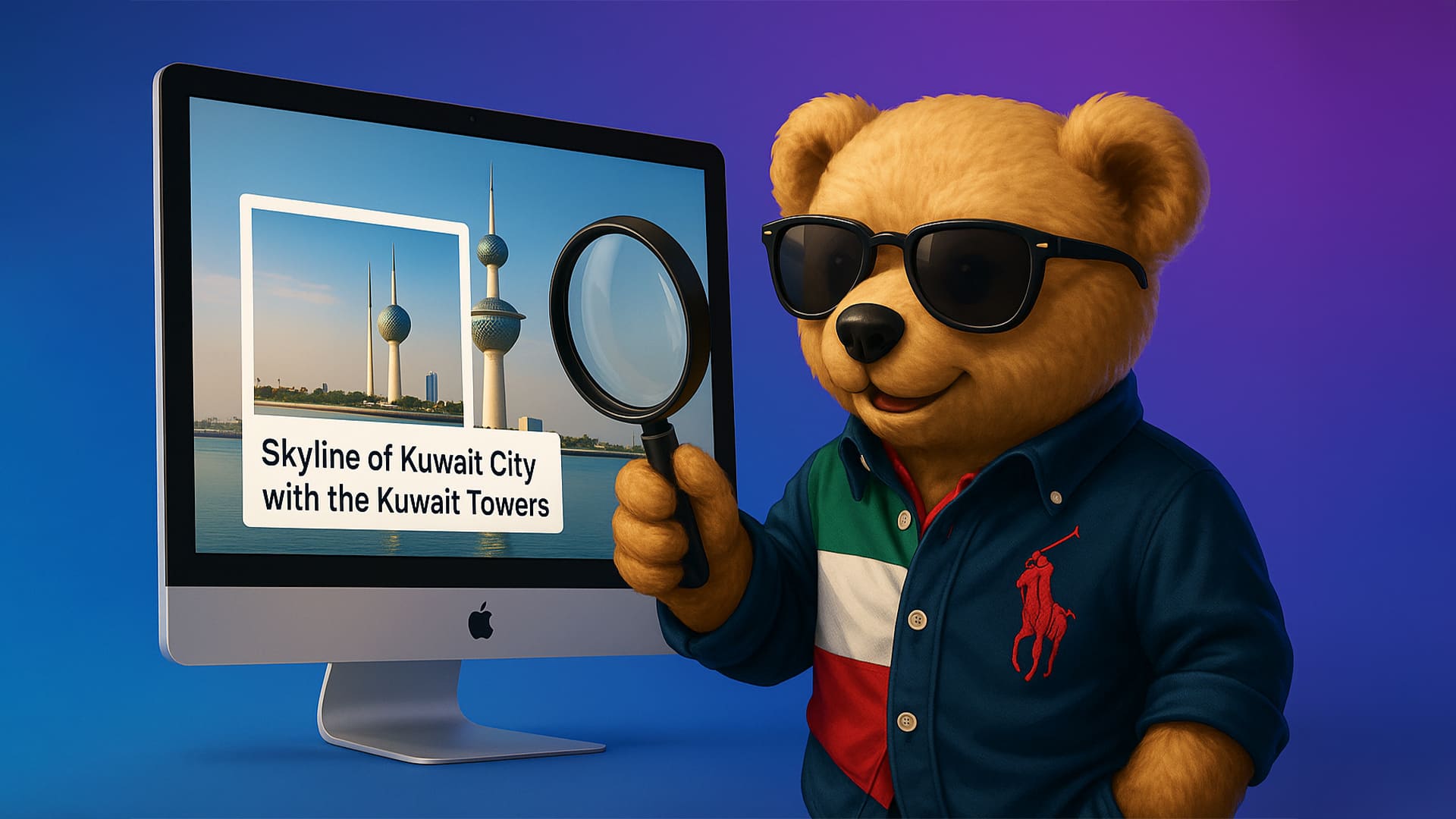To begin, let’s clear something up. Alt text isn’t an SEO cheat code. It wasn’t invented to boost visibility or beat the algorithm. Alt text (short for alternative text) is a description added to images so that the screen readers, used by the visual impairments, can explain what the image is showing. That’s it’s been job and always has been.
Yes, it can help with discoverability, but not because you’re “optimizing” for search engines. It helps because you’re widening your reach by being inclusive. The more that people can access your content, the more that they can engage with it. Simple as that.
Also, the answer is a “yes” for the SEO wizards sitting in the back. Alt text does help images rank in Google Images as well. But if you’re expecting it to boost your blog to the top of Google Search then don’t hold your breath. That’s not what it’s made for nor where it shines.
Dismissing The Myth
Somewhere along the line, social media “experts” starting pushing the idea that alt text is a growth hack. That it’s something you sprinkle into your posts to beat the algorithm, boost views and rank higher.
Again, let’s be clear: That is not what alt text is for. It does have positive side effects though:
- It can improve image searchability (on Google Images)
- It can support overall accessibility, which leads to better engagement
- It can help more people view and understand your content
However, those are outcomes, not intentions. Alt text exists to make content accessible to the people who are unable to see it while everything else is just a bonus.
Why does it matter?
It matters because accessibility matters. Alt text is what makes your content usable and understandable to a wider audience, including those who can’t see what you’re posting. Also, let’s be honest: if your brand wants to call itself inclusive but can’t be bothered to describe what’s in an image then we have got much bigger problems.
Alt text:
- Helps people experience your visuals through words
- Makes your brand more accessible to everyone
- Shows that your attention to detail goes beyond aesthetics
- Future-proofs your content (platforms are getting serious about accessibility compliance)
- Yes, improves searchability, because you’re expanding your audience and not because you’re cheating the system.
In short, it’s definitely not just a nice thing to have. It’s necessary.
How to use Alt Text on Social Media
Alt text is not and never was an afterthought. It’s part of your content strategy and here is how to do it right.
- Write for humans. Not search engines.
Don’t keyword stuff. Don’t try to “rank”. Just describe the image as if you were explaining it to someone over the phone.
Bad: “Trendy minimalistic coffee cup on rustic wood table with cozy vibes aesthetic” Good: “A white ceramic coffee cup filled with black coffee, sitting on a wooden table”
- List the most important information first
Screen readers may cut off long alt text. Lead with the visual essence. Something along the lines of “DSRPT team celebrating their first anniversary in the office with balloons and cake. A neon ‘1’ glows in the background.”
- Avoid emojis. Always.
They’re meaningless to screen readers and let’s be honest, they’re rarely necessary in a text meant to describe a visual.
- Don’t skip video. Add closed captions and audio descriptions.
Alt text isn’t just made for images. Use closed captions for every spoken video. If it’s a visual tutorial or product demo, consider a voiceover or an accompanying caption that explains what is happening.
- Be conclusive but descriptive.
There is no need for you to write an essay but don’t skimp either. Think clarity over brevity.
- Make it part of your workflow.
At DSRPT, we don’t treat alt text as optional. Every image, every post, every time.
Why? Because inclusivity isn’t a checkbox. It’s a standard.
The DSRPT-ive Takeaway
Alt text isn’t trendy nor is it a hack or something that’s nice to have. It’s the bare minimum.
If your brand cares about being seen, then it should also care about being understood by everyone. That means doing the extra 1% work that makes 100% of the difference.
And if your content becomes more searchable along the way, that isn’t SEO magic. That’s just what happens when you actually include more people.
So next time you hit “post”, ask yourself: Did I describe it for someone who can’t see it?
Because everyone deserves to be in the loop even if they’re not looking.

